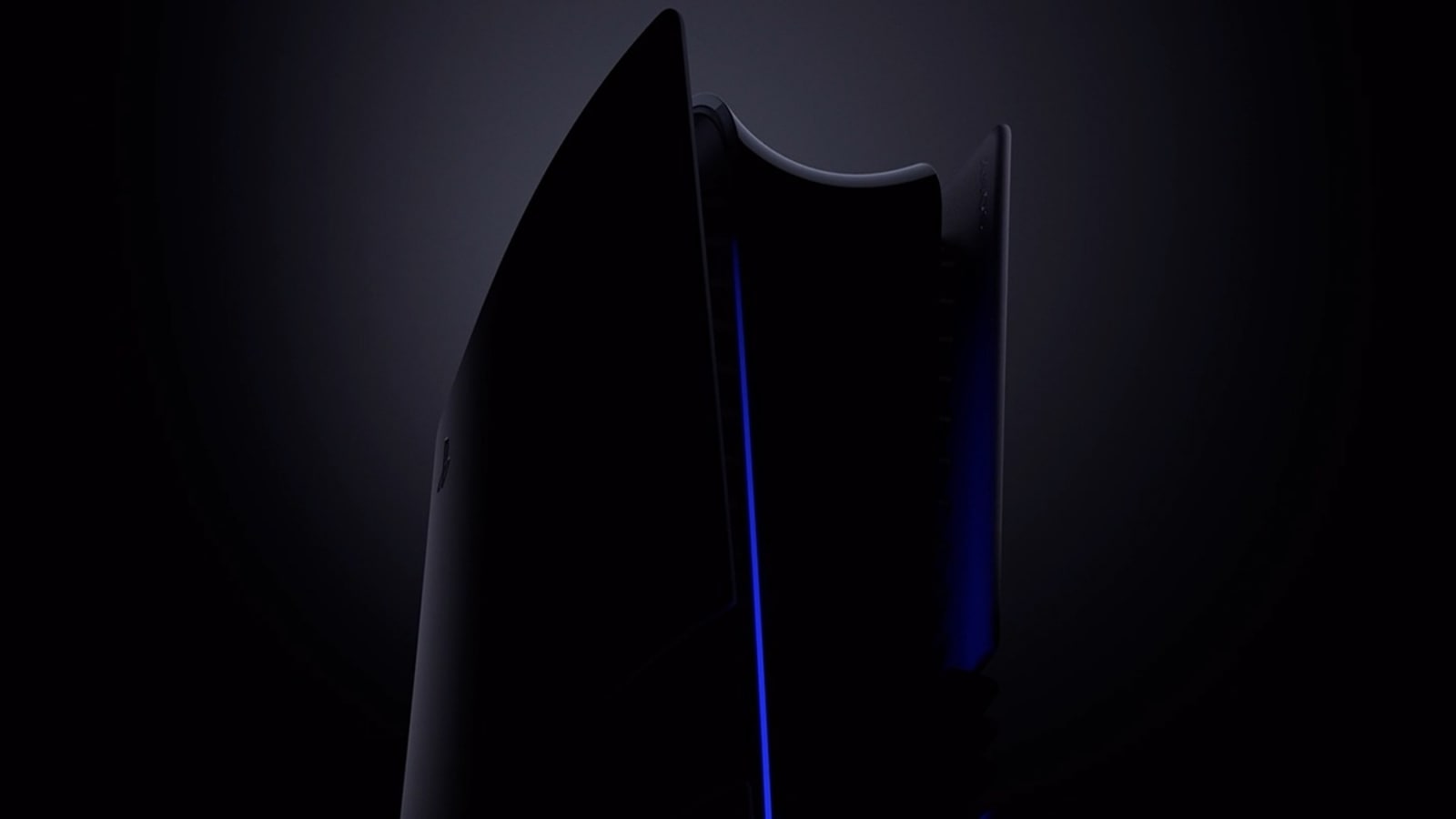Verdict
The Oura Ring 4 is the best smart ring on the market, especially for women’s health. However, with strong competitors like the Galaxy Ring and RingConn 2, its lead is no longer as substantial.
Pros
- Insightful, well-presented data
- Fewer data gaps
- Lighter and more comfortable design
Cons
- Expensive when everything is considered
- Not smaller than Gen 3
- Battery life could be better
Introduction
The Oura Ring 4 builds on a wave of success for the Finnish company. It has single-handedly propelled the smart ring from niche tech to a highly desirable wearable, seen on celebrities, athletes, and business leaders alike.
However, with success comes competition. New entries like the Samsung Galaxy Ring and options from startups like RingConn and Ultrahuman are offering strong alternatives. Moreover, Oura remains the priciest option, with a mandatory subscription many find off-putting.
I tested the Oura Ring 4 to see how it measures up and to whether this is the best smart ring you can buy.
Price
The Oura Ring 4 is available for $349/£349 for the basic design option. If you want to spend more, there are lots of finishes available. For instance, The gold, pictured in this review, costs $499/£499. There’s also the subscription needed for all the high-end tracking, which is $5.99/£4.99 a month.
Design
- Lighter and more comfortable
- Not significantly thinner than the Gen 3
The Oura Ring 4 doesn’t reduce its size much compared to the Oura Ring 3 – something I found disappointing. It’s nearly identical in width and thickness to the Horizon model and is actually larger than the Heritage model in some dimensions.
After wearing the Gen 3 Heritage (the entry-level design), I found the Gen 4 noticeably more comfortable. The fully rounded shape sits well on the finger, and it’s substantially lighter. Additionally, Oura has removed the small internal domes designed to prevent rotation, making it far less noticeable to wear.

However, the Galaxy Ring and RingConn 2 are both significantly thinner by comparison.
The Ring 4 adds brushed silver to its lineup of colours, which includes black, stealth, gold, rose gold, and silver.
It’s water-resistant up to 10 ATM, so it can follow you almost anywhere – except the gym, where it scratched quite badly after a weights session.
A major change is in the sensors. The inner material has shifted from resin to titanium, which improves comfort and now houses 18 signal pathways (up from eight on the Ring 3). Oura claims this boosts accuracy, with new algorithms designed to improve precision for darker skin tones and varied BMIs.

I noticed a clear improvement in data gaps that I had experienced with Gen 3, especially during the night. However, as I already found the Ring 3’s accuracy impressive, the day-to-day difference in accuracy was subtle.
Health and Fitness Tracking
- Excellent sleep tracking
- Enhanced app and long-term insights
The sleep-tracking feature remains a standout, providing insights into sleep stages, efficiency, and overall restfulness. It consistently impressed in its ability to differentiate between light and deep sleep stages, and Oura has been a top performer in clinical studies on sleep tracking. In my own testing – especially with a newborn – it handled extensive use well.
Sleep duration tracking was often comparable to the Whoop, another top tracker, and Oura’s sleep scores were responsive to wake-ups, restlessness, and even alcohol. The insights it offers, however, are a cut above many other wearables.
The updated Oura app now organises tracking into Today (current live tracking), Vitals (underlying health data compared to baseline), and My Health (longer-term health trends).

My Day includes sleep, activity, and readiness scores, along with stress and step-goal progress. Usually, we’re sceptical of stress tracking, but Oura does it well, with colour coding that reflects daily stress and a resilience score that factors in sleep and activity levels.
Vitals is a helpful addition seen on Whoop and Apple Watch Series 10, providing a quick check on current health. A whole tab for it might feel slightly excessive.
Then there’s My Health, which houses the most detailed data, from cardiovascular age vs. actual age to fitness ratings (a simplified VO2 Max) and stress resilience. My favourite, though, is the circadian chronotype insight, which explains how your sleep habits influence your focus.
With the Ring 4, Oura has also introduced meal tracking, allowing you to photograph your meals to gauge regularity and alignment with your natural cycles.
The Oura Ring 4 is also highly capable of tracking women’s health. Its Cycle Insights now include pregnancy metrics and fertility insights, which integrate with apps like Natural Cycles and Clue. This robust feature set has made it especially popular among women, who make up 60% of Oura’s users.
Fitness Tracking and Battery Life
- Patchy auto workout detection
- Improved heart rate performance
Oura has expanded auto workout detection, but it wasn’t entirely reliable. While running was tracked well, other activities were sometimes missed, especially yoga. While weight training detection has improved (just be mindful of scratches), golf tracking is also available.
Manual workout tracking was better overall, and the improved heart rate performance was noticeable, thanks to the additional sensor pathways.

Oura claims “up to eight days of battery life” for the Ring 4, but I consistently achieved around five days in testing, with about 20% battery usage per day. This included daily use with passive tracking and occasional workouts. Without displays, notifications, or customisable sleep settings, reaching the full eight days might be challenging.
With Oura Ring 4 you’re limited to the charging puck(above). It’s bigger and heavier than Gen 3, so less likely to tip over and unseat the ring. But a charging case is the best experience, like Samsung added for the Galaxy RIng
Latest deals
Should you buy it?
You want a discreet, stylish ring that blends into daily life
The design here is great, and there are various finishes and options to choose from.
You don’t want to be paying monthly
Pricier than some fitness rings, with a subscription requirement for advanced features. With the Samsung Galaxy Ring, there is no subscription required,
Final Thoughts
The Oura Ring 4 is a top-tier wearable. It not only provides detailed insights but also delivers them in a clear, actionable way – something you don’t always find elsewhere, especially on the Apple Watch Series 10.
That’s the value behind the $5.99/£4.99 monthly subscription – although similar insights are available elsewhere without the added fee. The Samsung Galaxy Ring, for example, doesn’t require monthly payments for its top features.
The Oura Ring 4 is the best smart ring on the market, especially for women’s health. However, with strong competitors like the Galaxy Ring and RingConn 2, its lead is no longer as substantial.
How we test
We thoroughly test every smart ring we review. We use industry-standard testing to compare features properly and we use the ring as our main device over the review period. We’ll always tell you what we find and we never, ever, accept money to review a product.
FAQs
Yes, there is support for both operating systems here.

























